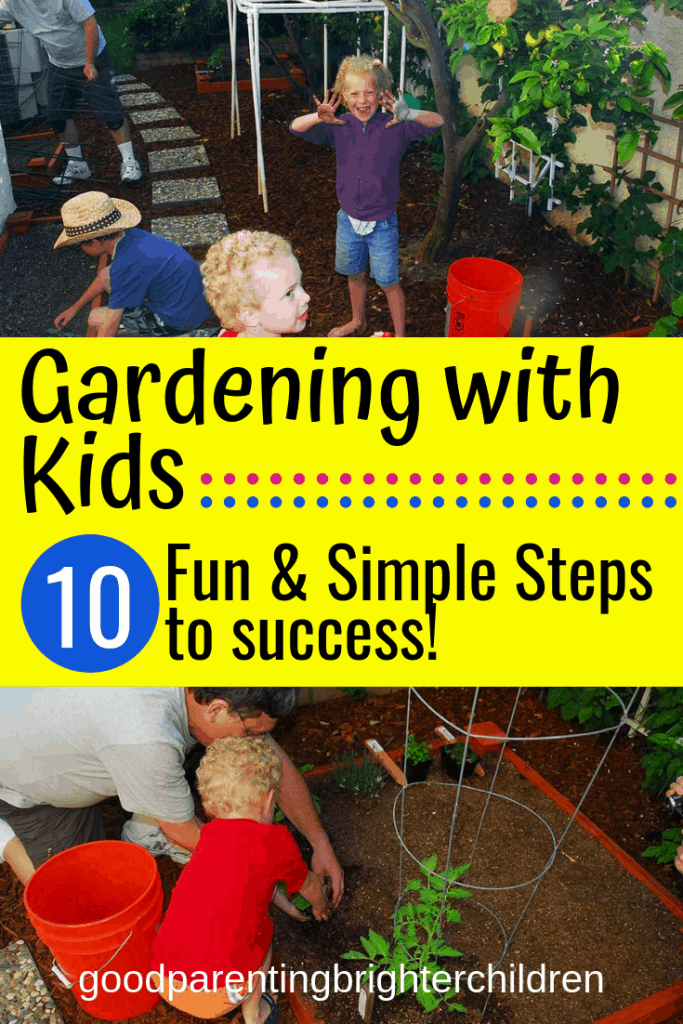Gardening is a profound and enriching activity, particularly when shared with children. It offers numerous benefits, including fostering a connection with nature, improving mental health, and developing fine motor skills. However, successful gardening with children requires consideration of timing, which is pivotal for both safety and engagement. Determining the best time of day for gardening with kids is essential for an enjoyable and fruitful experience.
When evaluating the best time for gardening, factors such as climate, weather patterns, and the specific needs of children come into play. This guide delves into optimal time frames for gardening, tips for parents, and recommendations for maximizing the enjoyment and educational value of gardening sessions.
Understanding the Ideal Times for Gardening with Children
To begin with, many parents ponder when the conditions are most favorable for exposing their children to the wonders of gardening. The simplicity of this inquiry belies the complexity underlying it. Mornings and late afternoons tend to be the most suitable times due to temperate weather and decreased solar intensity.
Morning sessions can serve as a refreshing start to the day. The temperature is typically cooler, the air is crisp, and the vibrant soundscape of a waking garden offers a sensory feast. Exposure to morning light has also been shown to enhance mood and increase alertness, qualities beneficial for engaging in hands-on activities.
Late afternoons provide an alternative, especially during hotter months. By this time, the sun begins its descent, reducing harsh glare and providing a comfortable setting for activity. Moreover, this timing allows parents to incorporate a routine whereby gardening becomes part of unwinding after the day’s academic or social endeavors.
The Effect of Seasonal Variations on Gardening Timing
Seasonal changes significantly affect not only the types of plants that can be tended to but also the optimal times for gardening. In temperate climates, spring and summer typically facilitate greater gardening opportunities, while fall and winter are often marked by a slower pace.
During the spring and summer, temperatures can soar, especially in mid-afternoon. On these particularly hot days, it is advisable to steer clear of gardening during peak sun hours. Instead, early morning or early evening sessions become imperative. Conversely, fall brings cooler climates, often permitting more flexibility in timing, though it remains prudent to avoid the brisk, early evenings that can denote impending frost.
The Benefits of Structural Planning in Gardening Sessions
Planning gardening activities requires thoughtful structuring, informed not only by the time of day but by the overarching goals of the experience. Parents may find it advantageous to craft a weekly gardening timetable that emphasizes educational themes. For instance, it may be enriching to dedicate one day to the exploration of plant anatomy, another to understanding the water cycle, and yet another to recognizing beneficial insects.
Engagement with a wide array of topics helps maintain children’s interest and fosters a holistic understanding of ecological systems. This structural approach transforms gardening from a mere pastime into an immersive educational experience, one rife with possibilities for inquiry and discovery.
Farm-to-Table Opportunities: Parent-Child Interaction through Gardening
Integrating gardening with culinary ventures can yield an exciting interplay of activities that enhances both learning and creativity. When children participate in the entire cycle—from planting seeds to harvesting produce—they develop a profound appreciation for food sources and nutritional value.
This farm-to-table dynamic may be particularly potent during summer when an abundance of fresh fruits and vegetables is available. Parents can engage children in planning meals that incorporate their home-grown produce, merging lessons about food with hands-on skills in the kitchen. Such experiences foster both culinary competence and an enduring appreciation for nutritional health.
Navigating Challenges in Gardening with Children
No discussion about gardening with children is complete without addressing the inevitable challenges that arise. From pest control to weeding, the process can sometimes be daunting. Nonetheless, these challenges present unique teaching moments. Empowering children to tackle issues, whether through organic pest control methods or understanding the importance of biodiversity, cultivates a sense of responsibility and problem-solving skill.
Moreover, parents should recognize the natural ebbs and flows of children’s attention spans. Long gardening sessions might be overwhelming. Short bursts of focused activity interspersed with breaks for exploration or play typically yield better results. Establishing a rhythm that respects their developmental needs is wiser than enforcing rigid gardening regimes.
The Role of Education Through Gardening
Gardening can serve as an authentically multidimensional educational tool. Beyond basic horticulture skills, gardening has the potential to enrich learning across various subjects. Children encounter mathematics through measurement for planting spaces, science through observation of plant growth, and art through creative landscaping.
Additionally, engaging in discussions about the significance of sustainability and environmental stewardship can inspire children towards conscious citizenship. By fostering respect for the Earth and its ecosystems, parents facilitate the development of lifelong advocates for environmental health and responsible stewardship.
Conclusion: The Harmonious Balance of Time and Engagement in Gardening
In conclusion, there is merit in acknowledging the multifaceted dimensions of time and engagement when it comes to gardening with children. Mornings and late afternoons, dictated by seasonal factors, prove to be optimal. Furthermore, by crafting structured plans, integrating culinary experiences, and addressing challenges, parents can create enriching environments that deepen both awareness and appreciation of natural processes.
Ultimately, the finest gardening sessions borne from thoughtful planning and an understanding of children’s needs not only embolden individual growth but also nurture the fundamental tenets of environmental appreciation and social responsibility. Through this lens, gardening transcends mere leisure; it becomes an avenue for development, connection, and joy.









Leave a Comment